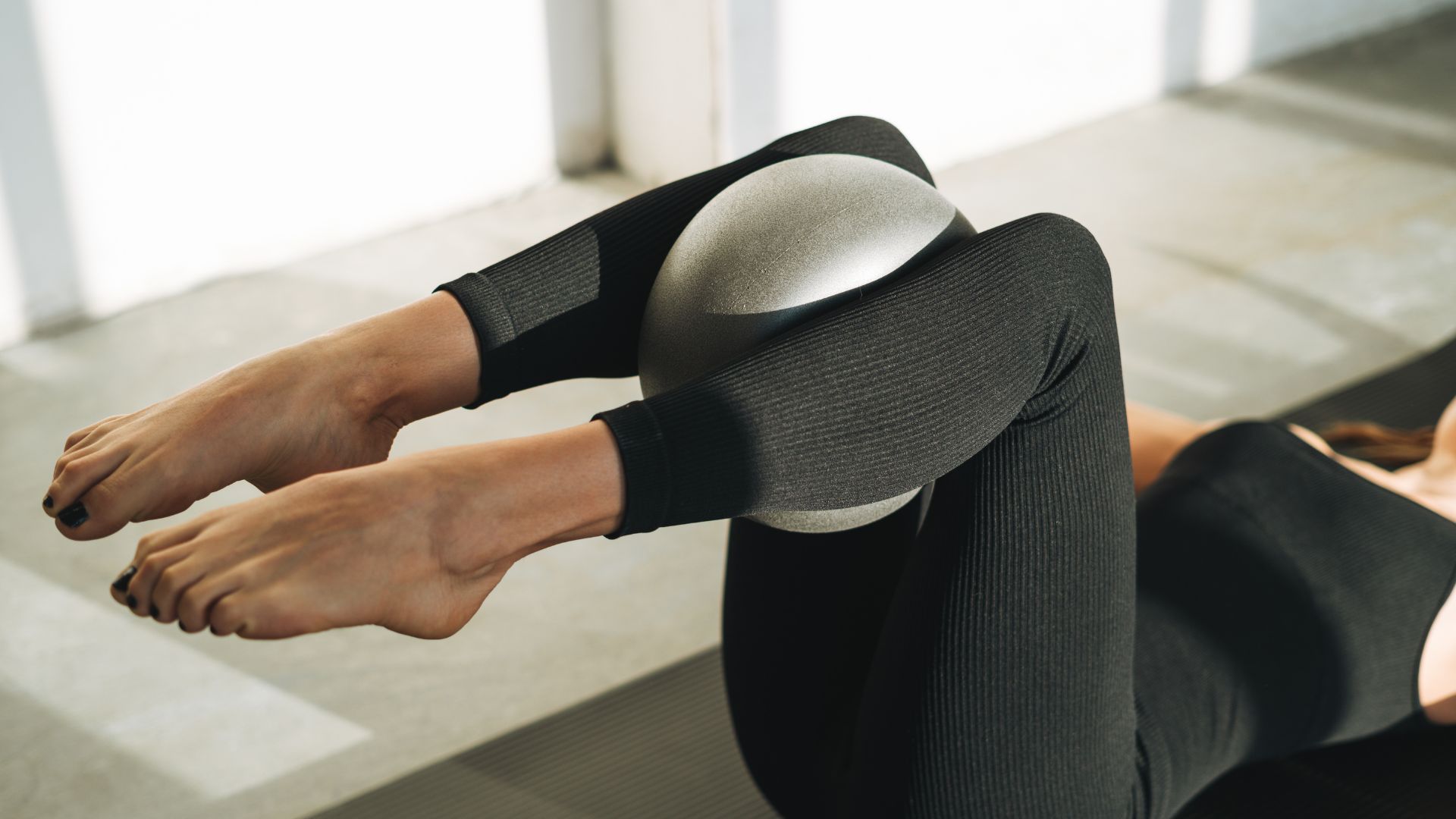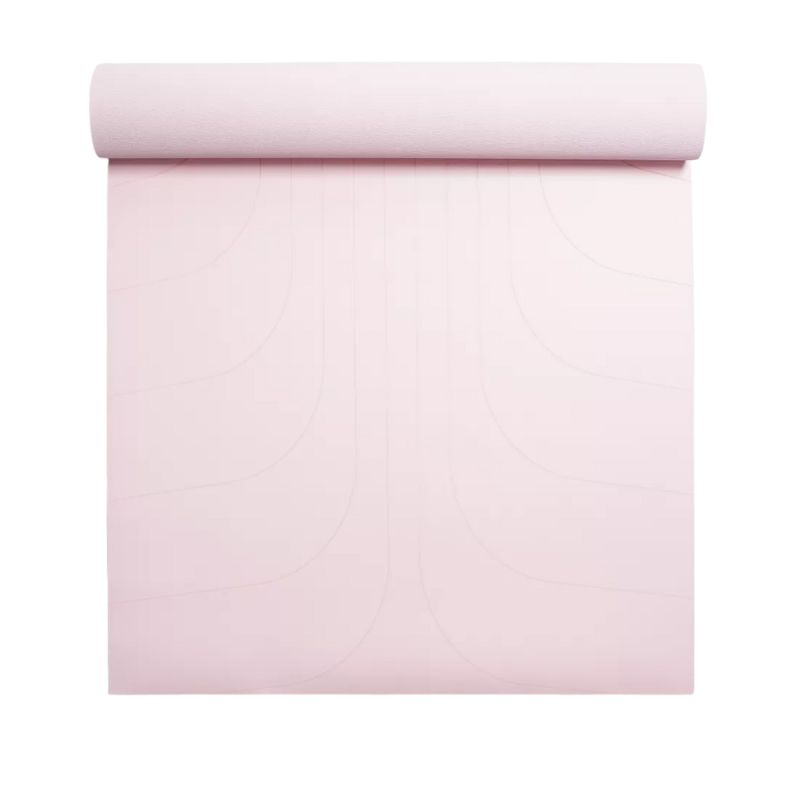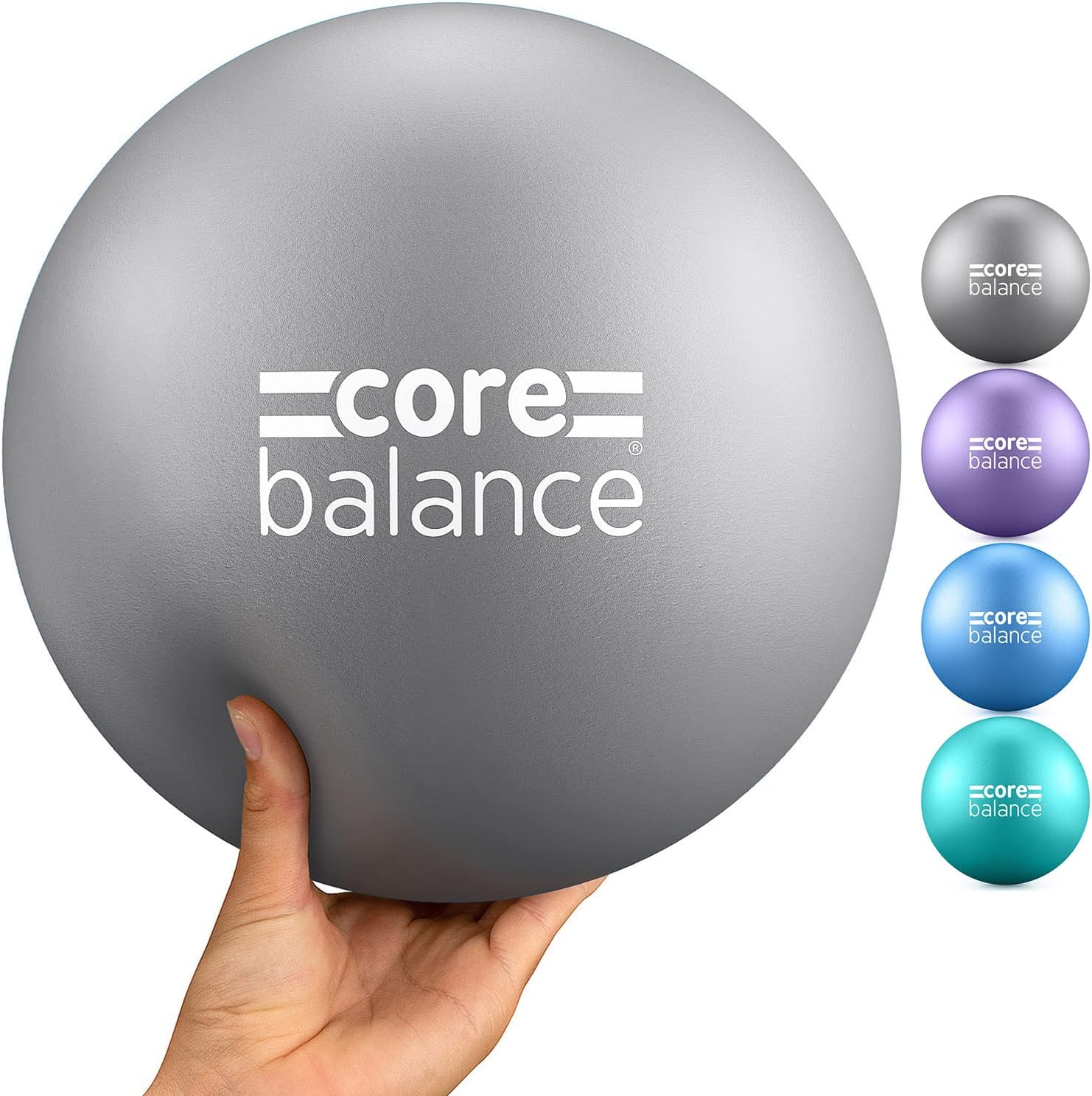No sit-ups here - a Pilates instructor recommends this 15-minute workout to strengthen your core without a single one
Not part of the sit-up fan club? Neither are we - here's a 15-minute Pilates workout that works just as well


Faye M Smith
You don't need to spend hours breaking a sweat to get into shape, and you certainly don't need to do sit-ups to improve your core strength. A simple 15-minute Pilates workout will do. It's an excellent way to target every inch of your body as well, from the tip of your toes to the top of your head.
Even a quick Pilates workout at home like this one will be a low-intensity, low-impact, and ultra-effective exercise for strengthening and toning muscles, and improving posture and flexibility without stressing or putting pressure on the joints. All you need is one of the best thick yoga mats to get started.
"Time is one of the biggest barriers to movement, especially for busy women and parents. A short, 15-minute class removes that pressure and makes it far more realistic to stick with consistently," says Rebecca Dadoun, a certified Pilates instructor and the founder of Pilates Prescription. "You can squeeze it in before work, during nap time, or while dinner’s in the oven."
Try this 15-minute Pilates workout
While a 15-minute Pilates workout may be short, don't take that to mean it's going to be easy. "For short sessions, I like to maximise impact with props like a ball, band, or small dumbbell weights," says Dadoun, who demonstrates the movements below.
1. Knee to elbow press
- Wrap a resistance band around your thighs, then come down onto your yoga mat with your elbows, knees, and hands on the floor.
- Balance one hand on top of your Pilates ball.
- Bring one leg out to the side, making sure to hold your balance by bracing your core.
- Point your foot towards the corner of the room behind you.
- Take a deep breath in as you extend the leg towards the back corner.
- Once extended, exhale, and bring it back in.
- Repeat the movement eight times, then switch sides.
2. Lift + lower
- Starting from the same position as above, extend one leg out behind you, leaving your toes resting on the floor.
- Take a breath in, lift up that same leg so it comes parallel with your body.
- Breathe out, bring it back down so your toe just touches the floor.
- Repeat the movement eight times, then switch sides.
Accessories for your 15-minute Pilates workout

As Dadoun says, if you're looking to get the most from your 15 minutes, then it's worth pairing your movements with accessories - like one of the best resistance bands. Thick bands like this wrap around the legs, just above the knee, and force your glutes, quadriceps, and core to work harder.

A yoga mat can help elevate your Pilates experience and make it more comfortable. At 5mm, this one from Lululemon is a great choice (we love the colour!) but if you want more comfort under your joints, then a pick of the best thick yoga mats will likely be the better option.
3. Marching curl up from extension
- Come down onto your yoga mat, lying with the Pilates ball between your shoulder blades, and your resistance band around your thighs.
- Rest your feet on the floor at a 90-degree angle, and wrap your hands around your head for support.
- Breathe in, then simultaneously bring one knee up toward your chest as you bring your chest towards your knee.
- Hold for a moment, breathe out, and return to the starting position.
- Repeat the exercise eight times, then switch sides.
4. Side leg lift + press
- Lie down on your side on your yoga mat, with your elbow and hand down on the mat to support yourself. Have your other hand on the Pilates ball.
- Take a breath in, then lift from the hip, pulling your hips and top leg towards the ceiling.
- Your bottom leg should come away from the ground as well.
- Hold for a moment at the top if you can, breathe out, then lower back down.
- Repeat eight times, then switch sides.
5. Side leg lift + press with leg extension
- Come down into the same side-lying position as before, supporting yourself on your elbow, hand, and on the Pilates ball.
- Take a breath in, pull your hips and leg up to the ceiling, keeping your top leg bent.
- Your bottom leg should also rise from the floor.
- At the top of the movement, pause at the top, and this time, extend your top leg out at the knee in line with your body.
- Hold for a moment, breathe out. Bring the leg in, lower your hips to the floor.
- Repeat the movement eight times if you can, then switch sides.
How to engage your core
To recognise how and when to engage your core during Pilates, Louise Buttler, a certified Pilates instructor and founder of Elbe Pilates, recommends lying on your back with your legs bent and your feet flat on the floor, in line with your hipbones.
Then do the following:
- Inhale with a neutral spine.
- On the exhale, tilt your hip bones towards your head and suck in your belly, zipping up the pelvic floor muscles.
- This is when your core is engaged.
The core is known as the 'powerhouse' in Pilates. "Lying at the centre of your body, it’s where the solid foundations of your strength are found, but many of us don’t know how to engage it," says Buttler. "A weak core can lead to imbalances in the body, poor posture and injury, often in the lower back, so this area must remain strong." That's why a Pilates ab workout will always be one of the best core exercises to do at home.
Sign up to our free daily email for the latest royal and entertainment news, interesting opinion, expert advice on styling and beauty trends, and no-nonsense guides to the health and wellness questions you want answered.
Benefits of a 15-minute Pilates workout
- It works: Research shows that even short Pilates workouts can make a difference, with a study in Muscles, Ligaments, and Tendons suggesting that doing the exercise little and often can have benefits for the mind and body as it strengthens the muscles, improves balance, and boosts longevity.
- It's flexible: Whether you do your 15 minutes of Pilates in the morning, afternoon, or evening is up to you. Such a short workout "gives you freedom to build movement into your life, not around it", says Dadoun.
- It's stackable: "You don't have to do it all at once," she says. "You can do 15 minutes of Pilates in the morning and 15 minutes later in the day, and suddenly, you've done a solid half hour without needing a one-hour slot in your day."
- It helps to build a habit: "Short workouts are the gateway to consistency. They feel easy to start, don’t overwhelm your schedule and prove that something is always better than nothing," she says.
Tips for beginners doing the 15-minute Pilates workout
- Master the C-curve: Round your spine by scooping in your abs. It strengthens deep abdominal muscles and stretches back muscles.
- Don't do it every day: Aim to do three sessions a week to start - choose any days that fit in with your lifestyle and gradually increase your workouts as you get stronger. Next, try a 20-minute Pilates workout.
- But stay consistent: To reap the benefits of your Pilates workout, you'll need to do it for at least four weeks but up to 12, research in the Healthcare Journal and Journal of Strength and Conditioning Research reveals.
- Improve your breathing techniques: Focusing on your breath enhances your control of each movement, says Buttler. Inhale when you open and expand your body; exhale on effort, when you contract. Get into a rhythm to stop you from holding your breath.
- Try different types of Pilates: Doing 15 minutes of the same exercises can get stale. If you're getting bored, mix things up with some wall Pilates or a Reformer Pilates workout at home, which uses many of the same principles.
Is a 15-minute Pilates workout enough?
Yes, so long as you're doing the workout a couple of times a week. Buttler recommends at least three times to start seeing changes in your body composition and core strength.
A study linked to Eötvös Loránd University found that even just doing an hour of Pilates once a week for 10 weeks significantly affected female participants' muscle mass, balance, flexibility, and core and abdominal muscle strength. You could divide this up into four sessions of 15 minutes.
15 minutes of Pilates and a brisk walk can also help you meet the NHS guidelines of 150 minutes of moderate intensity exercise per week, Dadoun says. "It breaks down to about 21 minutes a day and can be a mix of walking and resistance training (including Pilates with weights), so your 15-minute session already gets you most of the way there," she says. "Add a brisk walk or a second short movement session later in the day, and you’ve hit your daily movement goal."
This is why Pilates is a go-to exercise for many people, not just those who want to work out at home. Runners, cyclists, and those who love strength training can all benefit from adding a few Pilates exercises to their routine.

Grace Walsh is woman&home's Health Channel Editor, working across the areas of fitness, nutrition, sleep, mental health, relationships, and sex. She is also a qualified fitness instructor. In 2025, she will be taking on her third marathon in Brighton, completing her first ultra marathon, and qualifying as a certified personal trainer and nutrition coach.
A digital journalist with over seven years experience as a writer and editor for UK publications, Grace has covered (almost) everything in the world of health and wellbeing with bylines in Cosmopolitan, Red, The i Paper, GoodtoKnow, and more.
You must confirm your public display name before commenting
Please logout and then login again, you will then be prompted to enter your display name.
